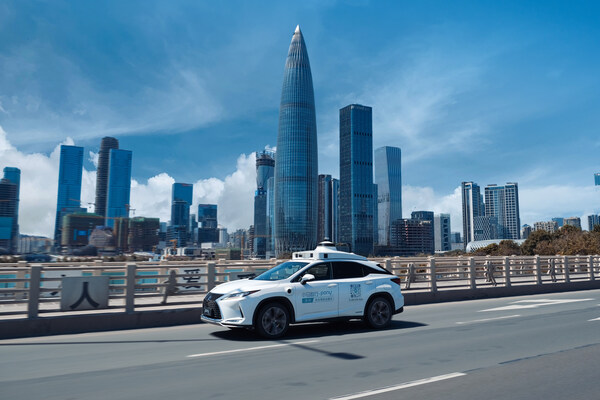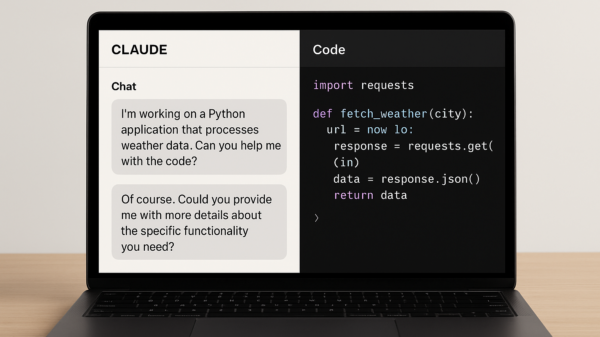Chinese start-up Pony.ai (NASDAQ: PONY) has received China’s first permit to charge fares for its fully driverless taxis in the business district of Shenzhen.
Announced on Thursday, the expansion builds on the company’s launch of robottaxi services in Shenzhen’s Baoan District last year.
The company has expanded commercial operations to connect Nanshan with its existing service zone in Baoan District. Furthermore, it now covers two of Shenzhen’s most dynamic urban areas.
Nanshan District is one of Shenzhen’s economic powerhouse with a GDP approaching RMB1 trillion in 2024. It also has a population of nearly 2 million residents and surpasses the population of cities like San Francisco. By deploying here, Pony.ai meets the growing demand for smart mobility solutions.
The latest permit allows the company to establish Shenzhen’s first cross-district driverless network. This connects Nanshan’s tech hubs with Baoan’s central areas and critical infrastructure such as Shenzhen Baoan International Airport. Commuters now experience seamless connectivity between business, residential, and transport hubs.
Shenzhen’s dense urban environment—featuring tunnels, heavy traffic, narrow lanes, and irregular intersections—requires autonomous technology to perform rigorously. Pony.ai’s fleet has shown exceptional proficiency in these scenarios, demonstrating the maturity and robustness of its systems.
“Expanding our fully driverless commercial robotaxi services to the vibrant city centers of Shenzhen will accelerate public adoption, as well as inspire confidence and trust in fully driverless technology as we deploy its application to daily urban use cases,” said James Peng, CEO of Pony.ai.
The company continues to lead autonomous mobility innovation across China’s tier-1 cities.
Read more: ChatGPT coughs up false murder accusations, Norwegian government notified
Read more: OpenAI dips toes into creative writing waters with new model
Residents can book rides through WeChat or app
In the first half of 2024, fully-driverless robotaxis in Beijing and Guangzhou averaged over 15 daily paid rides per vehicle. To date, Pony.ai has accumulated nearly 45 million kilometers in autonomous testing, including 5 million kilometers in driverless mode.
Residents in authorized zones can book rides through the Pony.ai app or WeChat mini-program. The service offers a reliable, weather-resistant commute option, positioning itself as an “all-weather mobility assistant.”
“As one of the few companies globally with fully driverless autonomous driving solutions, we remain firmly focused on scaling our robotaxi operations and guiding the industry into its next phase of development,” said Peng.
In 2021, authorities in Beijing allowed Baidu’s Apollo Go and Pony.ai to charge fares for robotaxis in a city suburb.
In mid-March, Pony.ai announced it was the first company to launch a paid robotaxi from the suburb to a Beijing railway station.
However, there are some stipulations. For example, users must reserve the ride a day in advance. Furthermore, a human staff worker must sit in the driver’s seat, according to current regulations.
This week, Pony.ai reported “a significant increase” in passenger fares in the fourth quarter compared to the previous year. However, the company said its overall revenue from robotaxi services fell by nearly 61.9 per cent year-on-year to $2.6 million in the fourth quarter due to reduced service fees for autonomous vehicle engineering solutions.
It also noted increases in its revenue from robotruck services. It rose by 72.7 per cent year-on-year to USD$12.9 million due to expanding its robotruck fleet.
.
Follow Joseph Morton on Twitter
joseph@mugglehead.com











